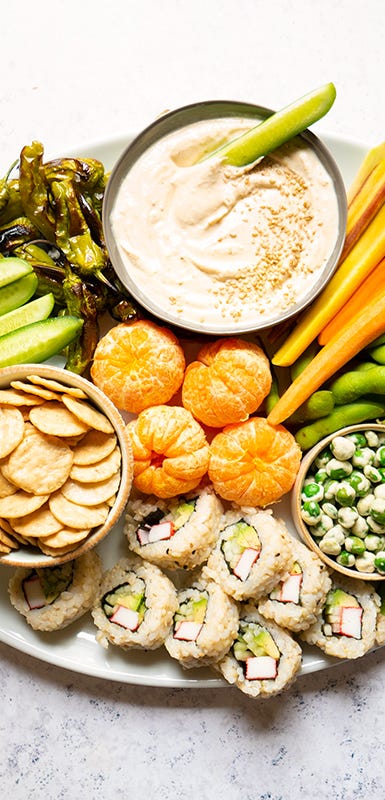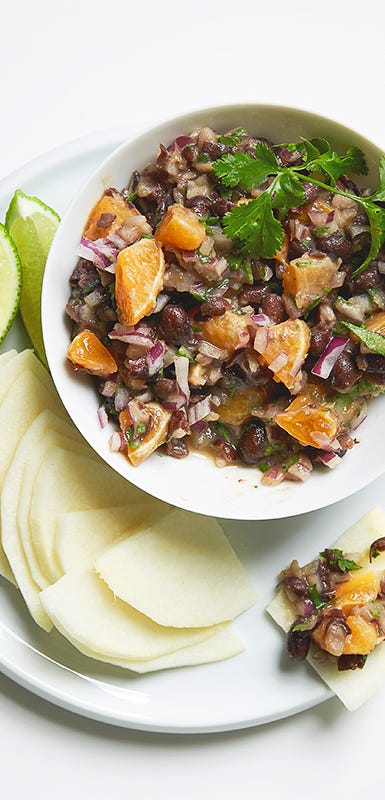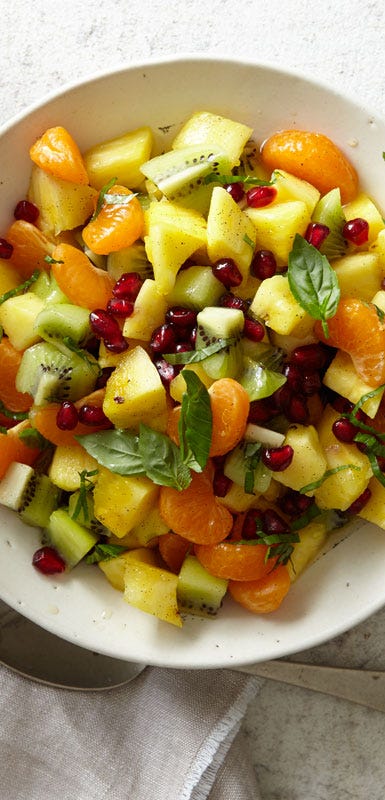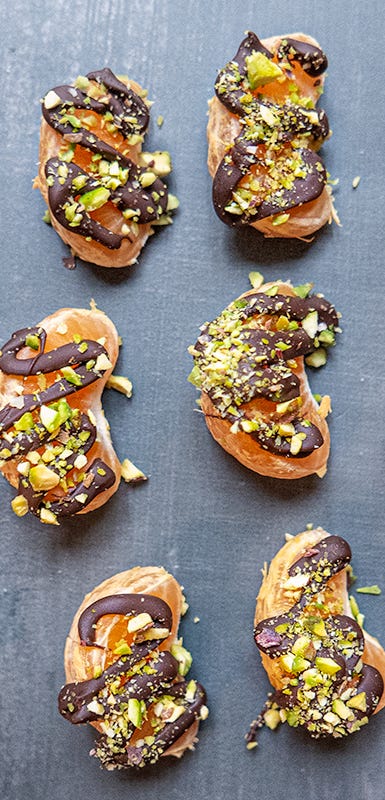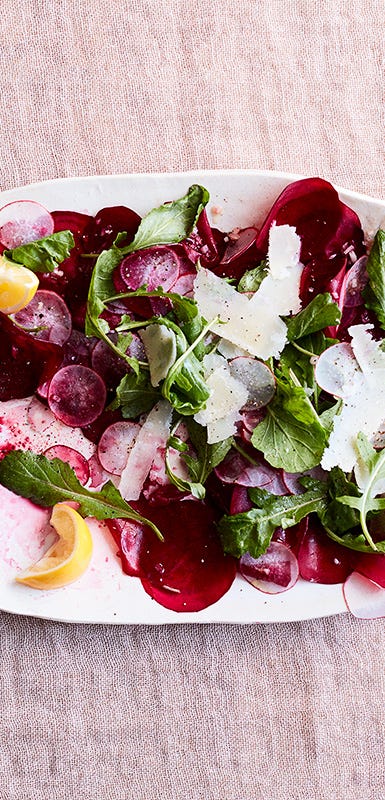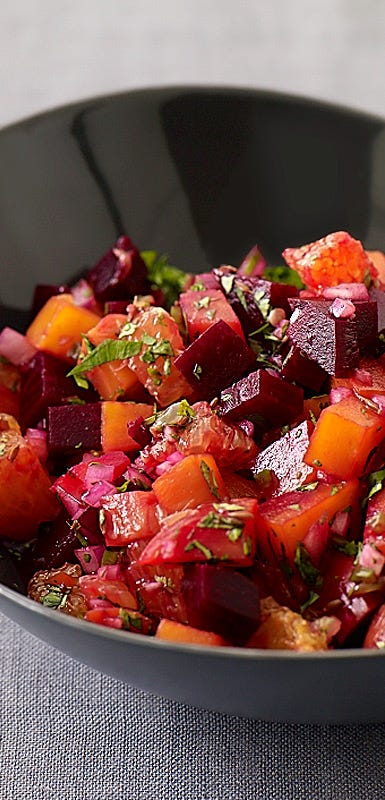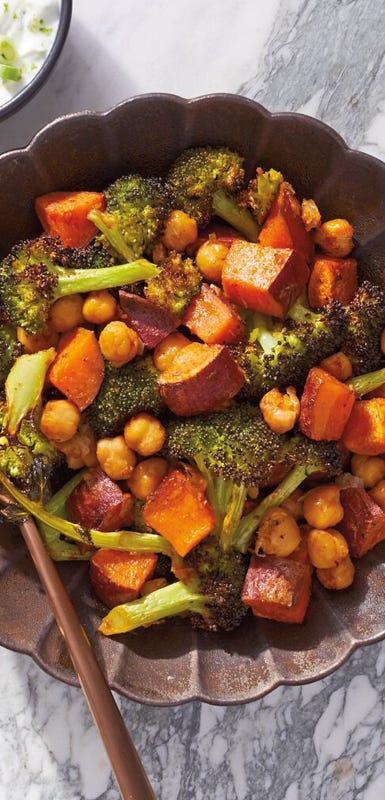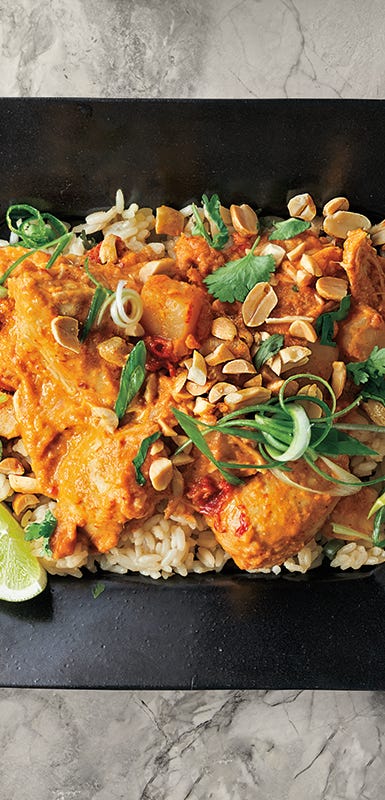35 Ways to Use December’s Best Produce


There are so many warm, sweet flavors in season during December—and no, we’re not talking about gingerbread or hot cocoa (though those are delicious too). We’re talking about the fruits and veggies that are at their best as winter sets in: namely, clementines, beets, and sweet potatoes. Read on for tips on how to buy and store the best ones, plus oh-so-many ways to use them, at the holidays and every day.
Clementines
They might be small in size, but clementines are big in flavor. Though they’re perfectly delicious eaten on their own, clementines can also be a star ingredient in both sweet and savory recipes such as dips, grain dishes, roasted sides, and fruit tarts.
Look for seedless clementines that feel heavy for their weight—a sign of juiciness—and ones with smooth, unwrinkled skin. Clementines make a great substitute for oranges in recipes since they peel really easily and there’s no need to remove any membranes or white pith. Rule of thumb: You’ll need about three clementines for every orange.
Clementines will keep at room temperature for two to three days, or refrigerated for one to two weeks. They are a super source of vitamin C, potassium, and fiber.
Our Best Clementine Recipes
Beets
These brightly hued root vegetables can add wonderful color, texture, and flavor to all kinds of dishes, from salsa and salads to soups and sheet-pan suppers. They can even add sweetness and moisture to cake!
Though beets are available year-around, they’re really fantastic during the winter months when baby beets are easier to find. Baby beets, or small beets, tend to be sweeter and more tender than their older and larger counterparts.
Select beets that are evenly colored, well shaped, and firm, with no soft spots. Try to choose beets that are all about the same size so they will cook in the same amount of time.
You can store unwashed beets in a plastic bag in the vegetable bin in your fridge for up to three weeks. Save healthy-looking green tops by cutting them to within an inch of the root (so that the beet’s color doesn’t bleed). Wrap the greens in paper towels and store them in a plastic bag in the fridge’s vegetable bin for up to two days. The greens are delicious steamed, sautéed, or even raw in a pesto.
Beets are a good source of antioxidants, fiber, folate, potassium, magnesium, and vitamin C.
Our Best Beet Recipes
Sweet Potatoes
Sweet potatoes deserve a place on your table more than once a year at Thanksgiving. They’re perfectly delicious roasted or microwaved whole, but they do so much more too. Think: made into fries, sliced and layered in casseroles, added to salads, or mashed in quick bread.
Purchase sweet potatoes that are firm with uniformly colored skin that doesn’t contain any cracks, wrinkles, or soft spots. Store potatoes in a cool, dark, dry place with good air circulation to help maintain freshness. Properly stored potatoes should last for several weeks.
Though sometimes labeled as yams, sweet potatoes and yams are actually two different foods. Yams are tropical tubers with dry, mild-tasting flesh while sweet potatoes are very sweet and moist when cooked.
Sweet potatoes are loaded with vitamin A and a great source of other vitamins, minerals, antioxidants, and phytochemicals. The peel is highly nutritious, so keep it on when you can.



